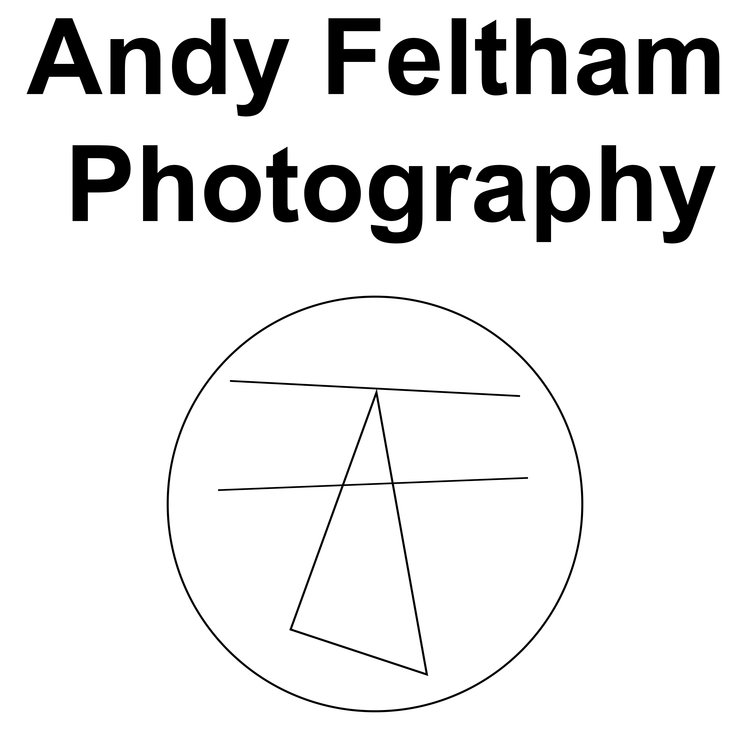I should apologise now. You’ve been used. Ruthlessly.
I sincerely hope you’ll forgive me?
So I posted two versions of the same photograph in my Instagram feed and story this week, asking you lovely folk which one was your preference. The work is a key piece for me as it’s the first image you see when you land on my homepage. One rendering was post-processed how I normally would, the other with basically all settings reset - essentially the RAW file! Only I didn’t explain this when asking for your favourite, sorry - I just said in my story I was ‘trying out something new’. I stopped just shy of uploading the actual RAW file, I don’t even know why… maybe I’m not ready to face the world without make-up yet?
In essence, I wanted to see if the processing was doing as much as I think it does, as I’m tickled pink when I receive positive feedback about the tones I eke out of my sensor. It’s a signature for my work, and therefore has enormous value to me. For clarity, the ever-evolving preset was developed a few years ago, and gets me 80% of the way there. My ‘post-preset processing’ is usually just a few further tweaks to the Basic Panel and HSL in Lightroom. Just by accident, I uploaded a batch of new images recently and didn’t apply the preset on import. What I found surprised me. There were a few RAW files that looked better (to me anyway) than when I’d intervened. I decided to investigate further by applying this wanton nihilism to one of my most colourful pieces.
To be honest I actually like the RAW file that came out. I mean I really like it, and faaaaar more than I thought I would. As I normally apply the preset whilst importing, I don’t even get to review the unadulterated capture. Well, maybe a fraction of a second whilst LR applies the processing, then pop, preset applied. Of late, I’ve been noticing this spit second of RAW file more, thinking I like those colours… pop, those vibrant colours vanish as my muted palette preset is applied. Time for a sea change perhaps?
So how did you all react to the question posed? Here’s the RAW (really, Mr Feltham?!) data:
Votes for usual ‘muted’ processing: 21
Votes for ‘no' processing: 10
I’m not actually surprised that the RAW file garnered a third of the vote, and some of those were from eyes I know and trust. I do really like it, but I prefer the muted version more (phew). A few people who voted for the muted version said they did so as it was more ‘me’. I kiss you. Oh, and just to show you how uncooked the ‘RAW' file was, here it is again versus the virgin file (just whites and highlights pulled back on the ‘processed’ version - everything else set to zero):
I’ve secretly been having fun with this idea all week. I’ve been posting at least one image per day with very little processing applied: only temperature balance corrections, and then an arbitrary limit of two sliders maximum. Two! Those were often increasing the luminance of key colours in an attempt to add a dash of effervescence. It is a RAW file after all. However, there’s been no sharpening, no attempt at eradicating the shadows or pushing the exposure, no desaturation and they’ve all been exported within the Adobe Color profile, not my beloved Adobe Neutral… and as for HSL, normally that’s the heartbeat of my colour profiling, with virtually all tones having tweaks applied. Two sliders!!
Torquay Road - Only two sliders away from the RAW file
What’s take home from all of this? Well, above being a little light-hearted entertainment in an overly serious world, from now on I’ll not be so preset-precious. It’s an exercise that has made me think, and think hard… which, once the pain subsided, has tremendous value to me, and I hope some of that gain rubs off on to you. Post-processing can be one key component to clarifying your own photographic voice - if we all posted RAW files then the IG feed would become a more boring, homogenised place. Whilst I strongly believe it’s essential to get stuck in a groove, to have some sort of rhythm that underpins your practice, it’s also good to step outside our own echo-chambers once in a while, taking in a lungful of fresh unfiltered air. I feel better already.





